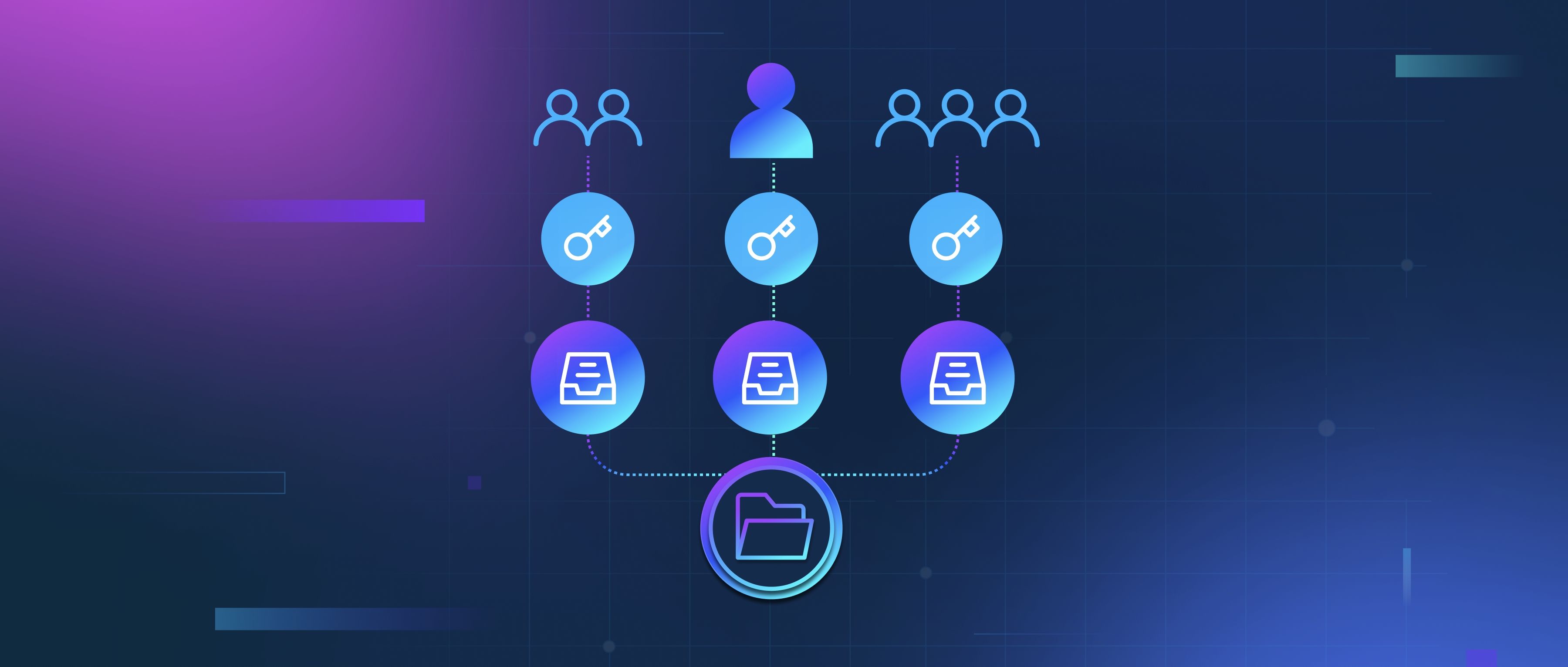DeepResearch balances speed and thoroughness by using a combination of automated tools, structured workflows, and iterative validation. The system prioritizes rapid data collection through scalable methods like parallel API calls, distributed web scraping, and pre-indexed datasets, while maintaining rigor through redundancy checks, cross-source validation, and layered analysis. This approach ensures that initial results are delivered quickly, with subsequent passes refining accuracy and depth.
For speed, DeepResearch leverages automation to handle high-volume tasks. For example, when gathering data from multiple sources, it might use asynchronous requests to fetch information concurrently rather than sequentially. Preprocessing pipelines filter irrelevant data early, reducing the workload for downstream analysis. Caching mechanisms store frequently accessed data to avoid redundant fetches. However, these optimizations don’t skip validation: every data point undergoes automated checks for consistency (e.g., comparing timestamps or authorship) and plausibility (e.g., flagging outliers). This ensures that even rapid collection includes basic quality control.
Thoroughness is achieved through multi-stage synthesis. After initial data gathering, DeepResearch applies clustering algorithms to group related information, machine learning models to detect patterns, and human-defined rules to resolve ambiguities. For instance, when synthesizing research papers on a topic, it might first extract key claims using NLP, then cross-reference them with cited sources to verify reproducibility. The system iterates on results—starting with broad strokes and progressively drilling into details—while tracking gaps or contradictions. This layered approach allows it to surface actionable insights quickly while leaving room for deeper investigation where needed. By separating fast, scalable processes from methodical validation, DeepResearch avoids trade-offs between speed and depth.
